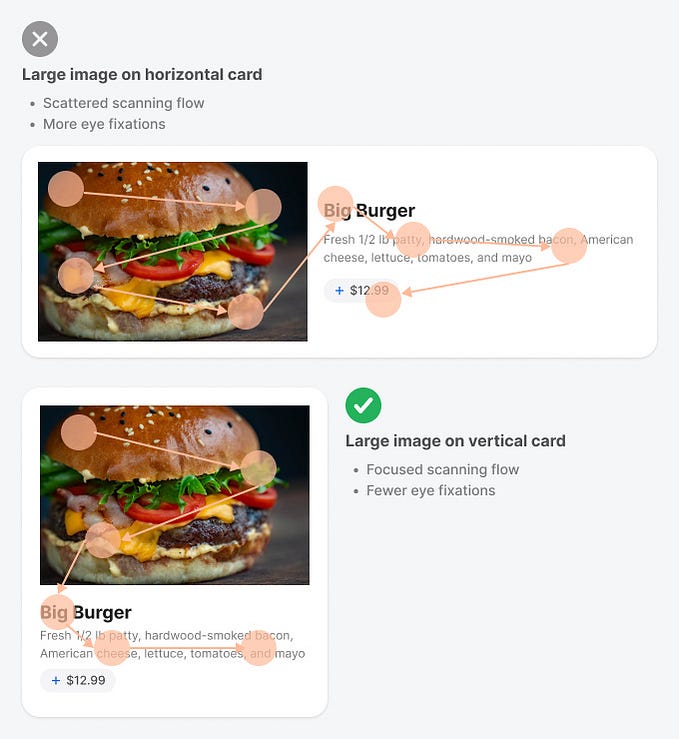Member-only story
7 ideas that influenced the evolution of web design
A brief history of key events in web design
The first-ever published website came to the Internet on August 6, 1991. Tim Berners-Lee created the site about the World Wide Web project, describing the Web and how to use it. Since then, web design has evolved with innovations in technology and design.

Defining web design
First, let’s define what web design is. Web design is the process of designing the visual look and feel of a website. Web designers focus on planning the user experience of the website, wireframe layouts, organize content and images in a way that tells a story, and design the final UI.
Evolution of web design
Web design has morphed and changed with technological advances over time. Here are a few key ideas that greatly contributed to the evolution of web design as we know it.
1995–Introduction of JavaScript
There are limitations when it comes to designing a website with only HTML. With JavaScript, the web became more dynamic. Essentially it transformed a static web page into one a user can interact with. Examples of Javascript in use are a popup window, an auto-refresh feature on your favorite social feed, or when Google auto-suggests keywords as you’re typing a question into the search bar.

1996–Flash debuts
Adobe Flash gave web designers the freedom to create more dynamic websites by adding video, audio, and animation. These multimedia elements were packaged into a file and sent to a browser to display. Unfortunately, the user had to have the correct flash version installed in order to see these animations. When Apple decided not to include flash in its first iPhone in 2007, Flash started to decline in popularity in web design.











